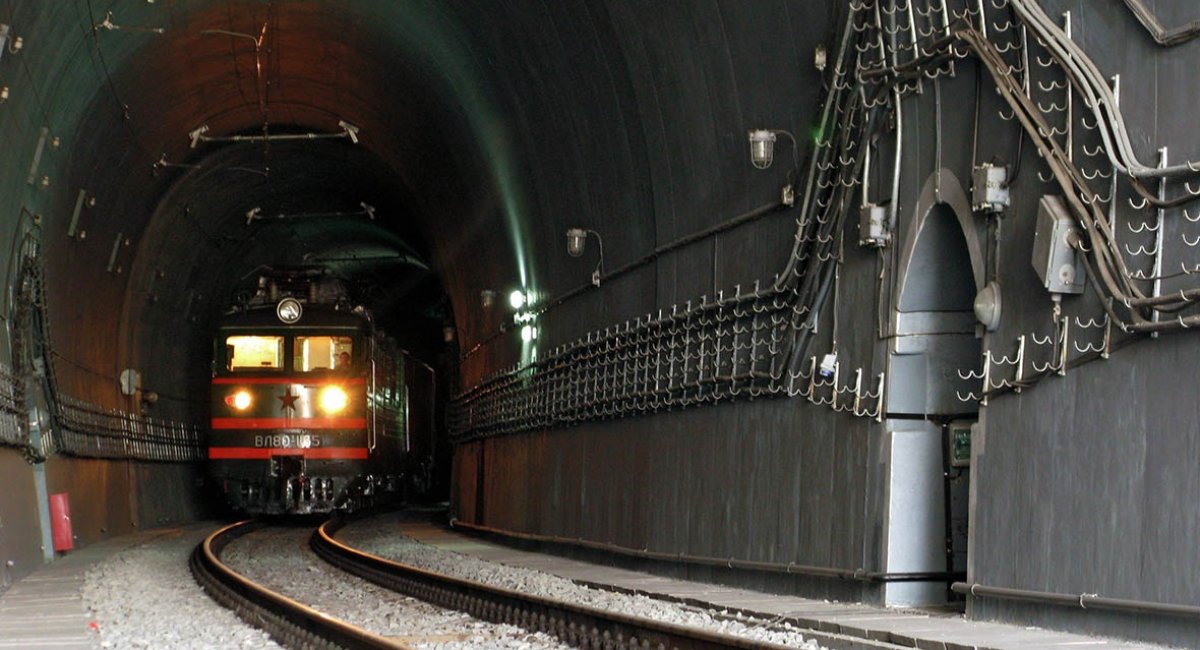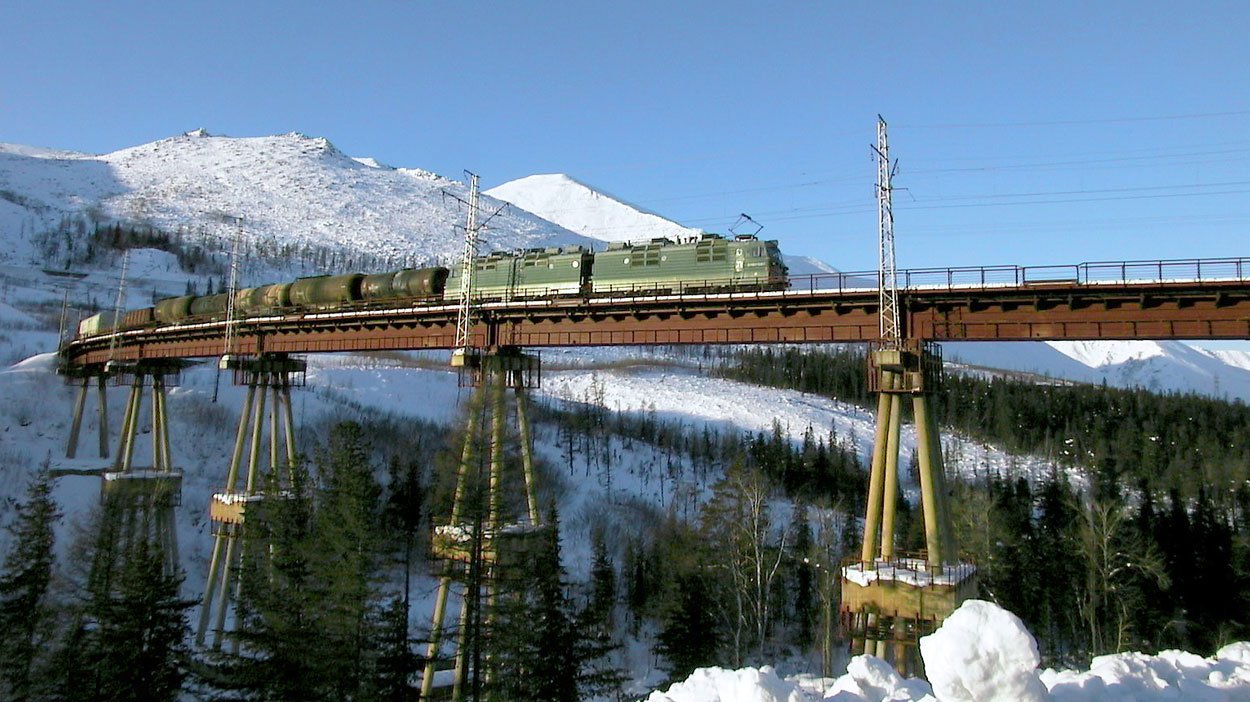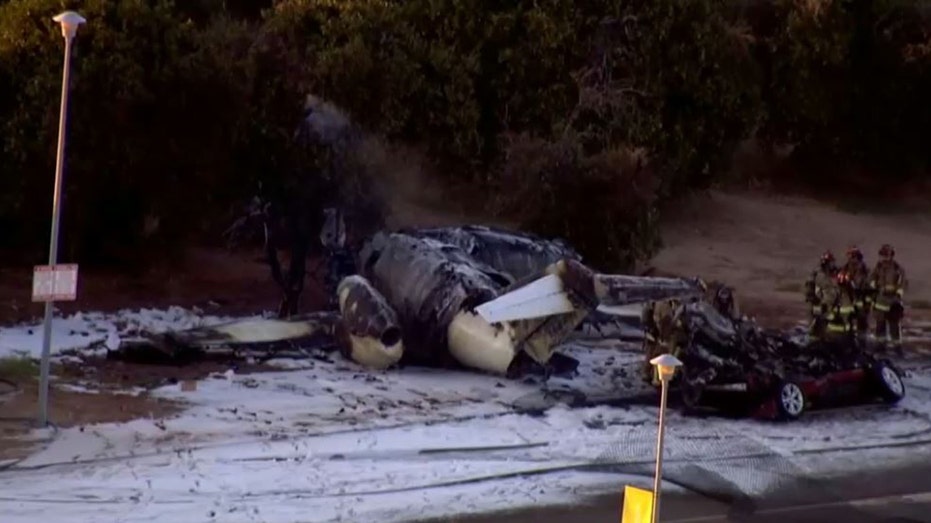Super strike: why Ukraine blew up tunnel connecting Russia to China, and what could be next
Slashing Putin's 6,000 km umbilical cord to Beijing in a dramatic flare of sabotage, Ukraine lit the fuse on a series of "small cuts" set to slowly bleed Russia's war machine dry The post Super strike: why Ukraine blew up tunnel connecting Russia to China, and what could be next appeared first on Euromaidan Press.

The Security Service of Ukraine (SBU) carried out a two-step operation on the Baikal-Amur Mainline (BAM) in Buryatia, one of two railway routes used for China’s military supplies to China.
This operation is so successful that it can be compared to the Crimean Bridge destruction, according to the Ukrainian outlet Defense Express.
The first blast occurred overnight on 30 November when four explosive devices detonated as a freight train was passing through the Severomuysky tunnel, the sole tunnel on the BAM crossing the Stanovoy Ridge. A second explosion followed on 1 December.
While Russian propagandists claim the “fire” on the freight train was caused by a “cable network short circuit,” a source in Ukraine’s security agencies stated this was a successful special operation by the SBU.
After the explosion, only 14 tankers could be pulled out, leaving 35 stuck inside the tunnel which suffered track damage and partial flooding. The signalling and electrification systems likely sustained damage as well. While Russian Railways claimed trains were rerouted with “slightly increased travel times,” the only bypass is the infamous 20 kph single-track “Devil’s Bridge” express, to avoid which the entire Severomuysky tunnel was built, Defense Express writes.

So even a temporary shutdown of the Severomuysky tunnel creates huge logistical issues. It already was the BAM’s biggest bottleneck, handling up to 16 million annual tons of the 53 million total capacity. The rickety bridge bypass drastically reduces that. Making matters worse, sources report another train may have been bombed on that bridge. With BAM single-track there, this exponentially compounds delays.

An SBU insider told LIGA.net that the blast “is a bright confirmation” of the nonlinear strategy chosen by the SBU against the “unfortunately sufficient stability” of the aggressor state.
The tunnel explosion, over 250 km inside Russia, disrupts the enemy’s ability to supply its troops and deliver reserves from the rear. “In addition to inflicting economic losses and disrupting logistics, it can lead to exposing specific facts about the supply of certain types of equipment and components from China,” Defense Express expert Valeriy Ryabikh explained to Liga.
Officially, China denies providing military assistance to Russia. However, according to the US Department of Defense, Chinese companies (including state-owned ones) have sold dual-use products, small arms, drones, navigation equipment, and protective gear to the Russian military.
Ukraine must continue bringing the war to Russia’s territory, Ryabikh believes. Despite all of Russia’s resilience, it has several vulnerabilities that Ukraine can and should strike, such as specific enterprises producing unique military products that can’t be manufactured elsewhere. Hitting them would hamper Russia’s plans to increase arms supplies.
Each target is chosen deliberately, Ryabikh stated, as “Ukraine’s defense forces perfectly understand the important places of the enemy’s military-industrial complex.”
Experts view such precision strikes as part of a broader campaign of “small cuts” – individually limited but cumulatively dismantling Russia’s ability to wage war.
Beyond economic impact, the railway attack deep in Russia also exposes the vulnerability of supply lines from China. While no one strike is decisive, military analyst Oleksiy Melnyk says “the more such small hits, the likelier the Russian colossus falls at some point.”
The next target: Trans-Siberian Railway?
While the BAM railway sabotage deals a major blow, Russia’s primary Trans-Siberian line offers backup capacity – but experts warn it has its own vulnerabilities.

The 10,000 km Trans-Siberian Railway serves as the Far East’s core connection to Russia, already operating near full 72 million ton annual capacity. Though mostly multi-track unlike BAM’s single line, bottlenecks persist from antiquated tunnels like 1910’s 1km Kerak crossing, amid replacement efforts.
Hingan tunnel network disruptions could prove critical in Amur Oblast, Defense Express writes. Bridge failures even on minor rivers routinely snarl traffic – a small span breakdown in 2021 created a 500-train backup. With BAM out, Trans-Siberian freight will surge, straining its limits.
So while no single point matches the Severomuysky tunnel’s strategic value, the Trans-Siberian Railway itself is a tenuous lifeline. While no single rail sabotage is decisive, the cumulative impact could prove the Russian rail colossus’s Achilles heel.
Related:
- Ukrainska Pravda: SBU behind explosion on Russia’s strategic railway leading to China
- Ukrainska Pravda: SBU blows up second fuel train in Russia’s Buryatia, disrupting logistics
- Here is a map of all Ukraine’s 2023 drone strikes on Russian targets
- Frontline report: Ukraine strikes Russian rail lines to China
- SBU unveils new details of marine drone attack on Crimean Bridge
- SBU head unveils details of the ingenious first strike on Crimean Bridge
You could close this page. Or you could join our community and help us produce more materials like this.
We keep our reporting open and accessible to everyone because we believe in the power of free information. This is why our small, cost-effective team depends on the support of readers like you to bring deliver timely news, quality analysis, and on-the-ground reports about Russia's war against Ukraine and Ukraine's struggle to build a democratic society.
A little bit goes a long way: for as little as the cost of one cup of coffee a month, you can help build bridges between Ukraine and the rest of the world, plus become a co-creator and vote for topics we should cover next. Become a patron or see other ways to support.
The post Super strike: why Ukraine blew up tunnel connecting Russia to China, and what could be next appeared first on Euromaidan Press.


